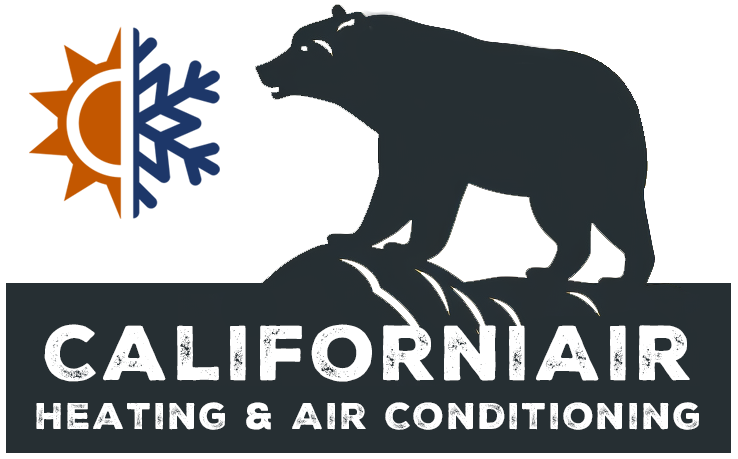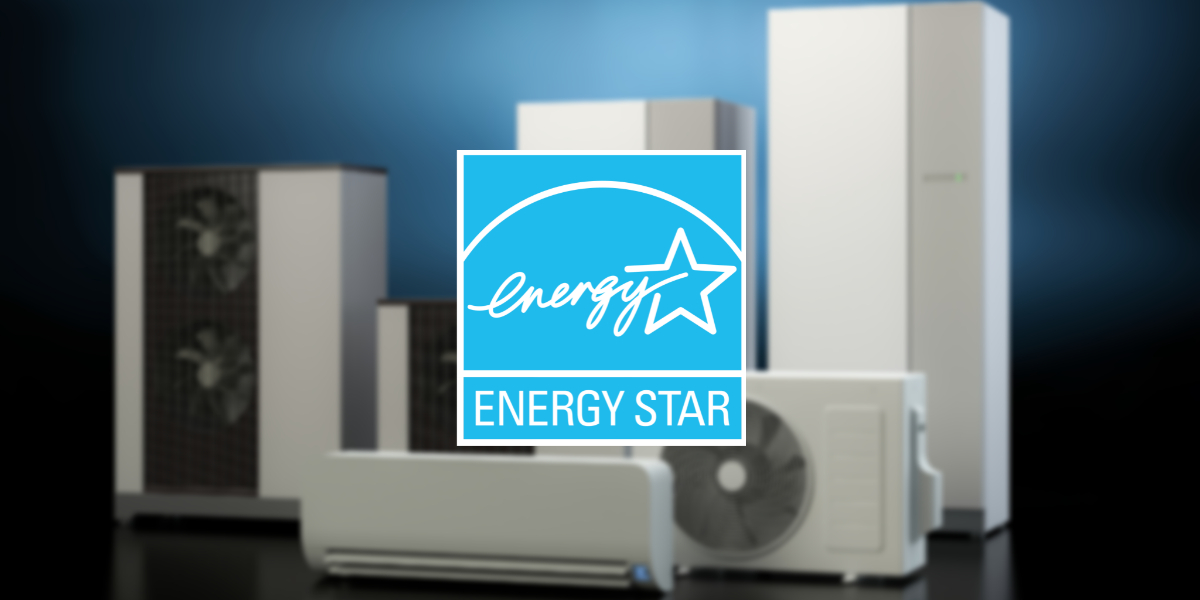As we enter tax season, it only makes sense to talk about tax credit incentives for energy efficient HVAC upgrades for your home. In today’s era of environmental consciousness and rising energy costs, investing in energy-efficient upgrades for your home or business not only benefits the environment but also your pocketbook. One significant incentive for such upgrades is the Energy Star tax credits offered by the federal government. These tax credits can help offset the costs of purchasing and installing energy-efficient HVAC (Heating, Ventilation, and Air Conditioning) equipment, providing both short-term financial relief and long-term energy savings. Let’s delve into the different Energy Star tax credits available for HVAC upgrades and explore strategies to maximize your federal tax savings.
Understanding Energy Star Tax Credits for HVAC Equipment Upgrades
Energy Star tax credits are designed to encourage individuals and businesses to invest in energy-efficient technologies that reduce energy consumption and greenhouse gas emissions. When it comes to HVAC equipment upgrades, several qualifying products can earn you tax credits, including:
High-Efficiency Furnaces
Upgrading to a high-efficiency furnace can significantly reduce energy consumption and heating costs. Energy Star tax credits are available for certain models that meet specific efficiency criteria.
Air Source Heat Pumps
Air source heat pumps offer both heating and cooling capabilities while consuming less energy than traditional HVAC systems. Tax credits are available for qualifying models that meet Energy Star requirements.
Geothermal Heat Pumps
Geothermal heat pumps utilize the stable temperature of the earth to heat and cool buildings efficiently. Installing a geothermal heat pump can qualify you for substantial tax credits.
Central Air Conditioning Systems
Energy-efficient central air conditioning systems that meet Energy Star requirements are eligible for tax credits. These systems use advanced technologies to deliver cooling while minimizing energy consumption.
Ductless Mini-Split Systems
Ductless mini-split systems offer flexible heating and cooling solutions with high energy efficiency. Tax credits are available for qualifying models that meet Energy Star standards.
Strategies to Maximize Your Federal Tax Savings
While the availability of Energy Star tax credits provides a compelling incentive to invest in energy-efficient HVAC upgrades, maximizing your tax savings requires careful planning and execution. Here are a few strategies to consider:
Research Eligible Products: Before making any HVAC equipment purchases, research Energy Star-certified products that qualify for tax credits. Look for models that meet or exceed the efficiency requirements specified by the federal government.
Consult with HVAC Professionals: Seek guidance from experienced HVAC professionals who can help you select the most suitable equipment for your needs while ensuring eligibility for tax credits. They can provide valuable insights into product specifications and installation requirements.
Opt for Comprehensive Upgrades: Consider implementing comprehensive HVAC upgrades rather than piecemeal improvements. Bundling multiple energy-efficient components, such as furnaces, heat pumps, and thermostats, into a single project can maximize your tax savings while optimizing system performance.
Take Advantage of Manufacturer Rebates: In addition to federal tax credits, many HVAC manufacturers offer rebates and incentives for purchasing their energy-efficient products. Explore these opportunities to further reduce your upfront costs and enhance your overall savings.
Schedule Timely Installations: Plan your HVAC upgrades strategically to take advantage of available tax credits before they expire. Be mindful of any deadlines or eligibility criteria specified by the federal government to ensure that you qualify for the maximum tax savings.
Document Your Expenses: Keep detailed records of your HVAC equipment purchases, installation costs, and Energy Star certifications. Maintaining accurate documentation will facilitate the tax credit claiming process and provide evidence of eligibility in case of an audit.
Consult with Tax Professionals: To navigate the complexities of tax laws and maximize your savings, consider consulting with tax professionals or certified public accountants (CPAs). They can offer personalized advice based on your specific circumstances and help you optimize your tax planning strategies.
Take Advantage of Energy Star Tax Credits
By implementing these strategies, you can leverage Energy Star tax credits to offset the costs of energy-efficient HVAC upgrades while reaping the benefits of lower energy bills and enhanced comfort. Investing in high-efficiency HVAC equipment not only contributes to a more sustainable future but also positions you for significant financial savings in the long run. Take advantage of these incentives and make informed decisions to maximize your federal tax savings while creating a more energy-efficient environment for your home or business.
Frequently Asked Questions About Energy Star Tax Credits
Energy Star tax credits are incentives provided by the federal government to encourage the purchase and installation of energy-efficient products, including HVAC equipment. These credits allow taxpayers to deduct a portion of the cost of eligible equipment upgrades from their federal income tax liability. The credits are applied directly to the taxpayer’s tax liability, reducing the amount of tax owed or increasing the taxpayer’s refund.
Several types of HVAC equipment upgrades qualify for Energy Star tax credits, including high-efficiency furnaces, air source heat pumps, geothermal heat pumps, central air conditioning systems, and ductless mini-split systems. To qualify for tax credits, the equipment must meet specific energy efficiency requirements established by the federal government and be installed in the taxpayer’s primary residence. It’s essential to verify the eligibility of the equipment before making a purchase to ensure that it qualifies for the tax credits.
To claim Energy Star tax credits for HVAC equipment upgrades, taxpayers must complete IRS Form 5695 (Residential Energy Credits) and include it with their federal income tax return. The form requires taxpayers to provide details about the eligible energy-efficient upgrades they have made, including the type of equipment installed, the purchase date, and the total cost of the upgrades. Taxpayers should retain documentation, such as receipts, invoices, and manufacturer certifications, to support their claims in case of an IRS audit. It’s essential to consult with a tax professional or CPA for guidance on properly claiming Energy Star tax credits and ensuring compliance with IRS regulations.

